Activities
The 16.5ha industrial park was chosen to relocate to the North of Binh Duong province
Published
2 years agoon
Binh Duong province decided to choose Binh Duong Industrial Park as a test location to implement the function conversion program and relocate the factory to the Northern region of the province. At the same time, the province is also collecting opinions from workers and businesses to implement policies related to this relocation process.
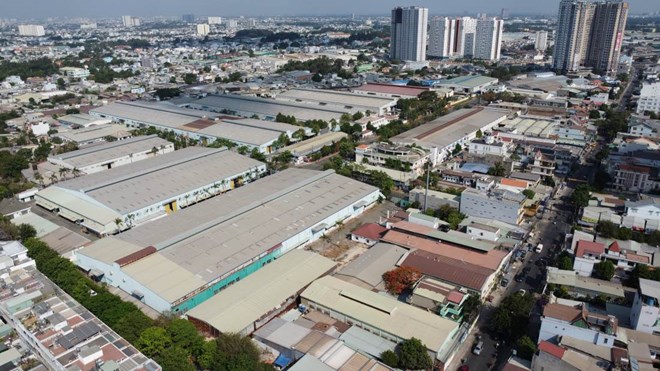
Khu công nghiệp Bình Đường tại phường An Bình, thành phố Dĩ An – khu công nghiệp đầu tiên của Bình Dương. Ảnh: Đình Trọng
At a press conference on the socio-economic situation of Binh Duong in the first quarter of 2024, the People’s Committee of Binh Duong province announced that the province has decided to choose Binh Duong Industrial Park to carry out a pilot program to convert functions and relocate houses. machines to industrial parks in the North of the province.
Binh Duong Industrial Park has an area of 16.5 hectares, invested by Thanh Le Import-Export Trading Corporation. This is the first industrial park in Binh Duong built and operating since 1993.
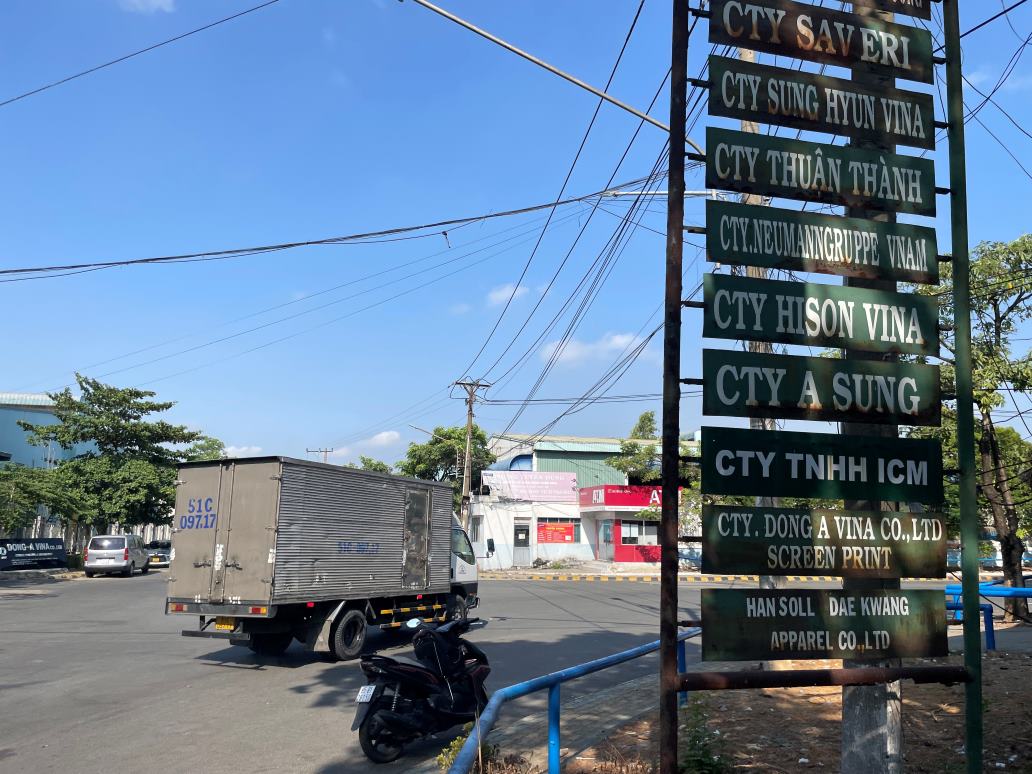
The industrial park was built in 1993, the nameplates of businesses operating in the industrial park are old. Photo: Dinh Trong
Currently, this industrial park has attracted 11 businesses, including 5 businesses renting land and 6 businesses renting factories, providing jobs for more than 2,000 workers, mainly in the garment industry. Earlier this year, businesses here had orders again and are in need of recruiting new workers for production.
Binh Duong Industrial Park is located in the middle of a developed urban area, surrounded by houses and many apartments. The location of this industrial park is adjacent to Ho Chi Minh City, connected to National Highway 1A via Binh Duong 3 and An Binh streets. Currently, both of these roads are narrow compared to urban development.
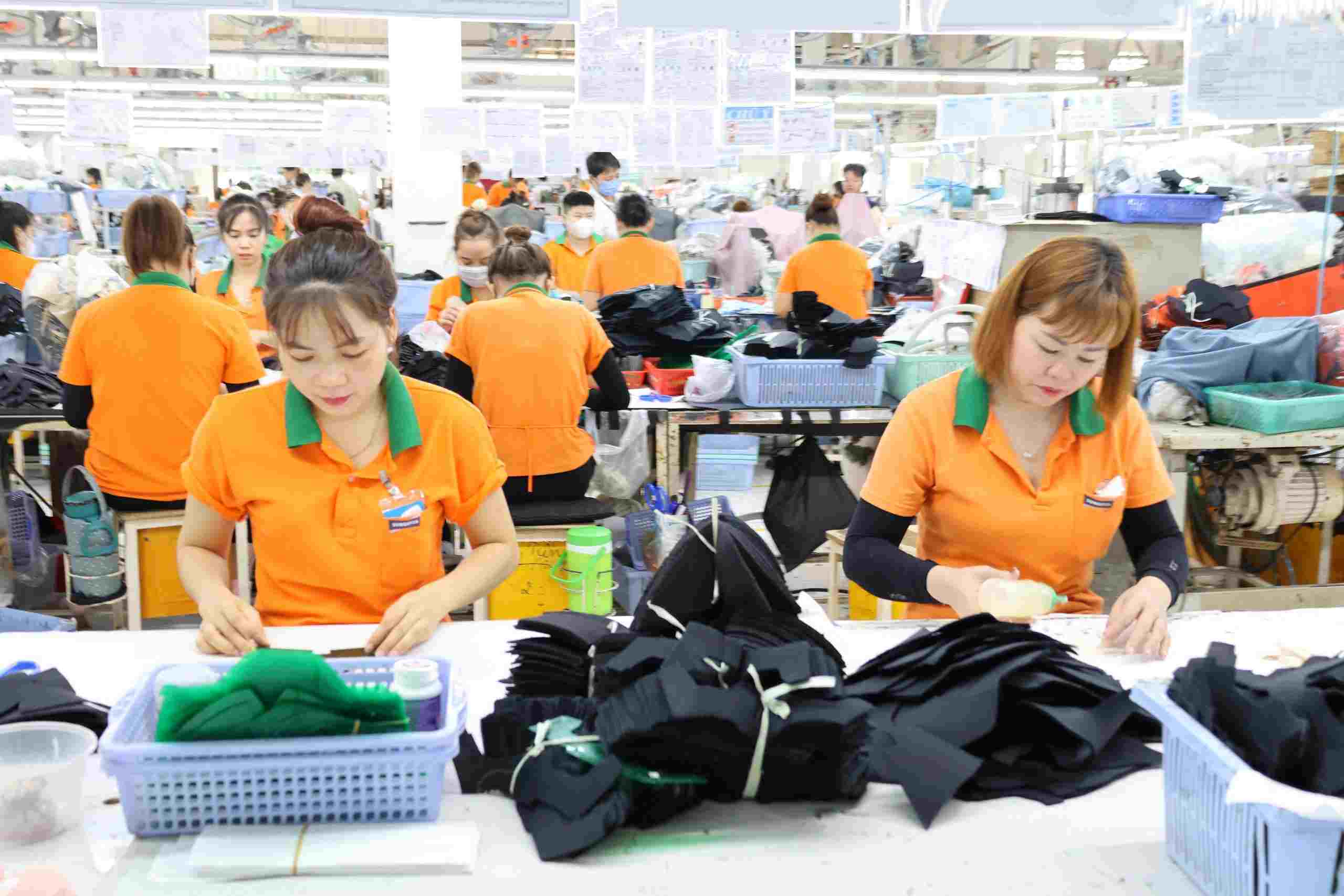
There are over 2,000 workers working, mainly in the garment sector. Photo: Dinh Trong
Mr. Vo Anh Tuan, Chief of Office of Binh Duong Provincial People’s Committee, informed that this Industrial Park will operate for 50 years, and businesses will have a usage time of about 20 years.
According to Binh Duong province’s electronic information portal, provincial leaders along with departments and branches have had a working program with industrial park investors as well as businesses.
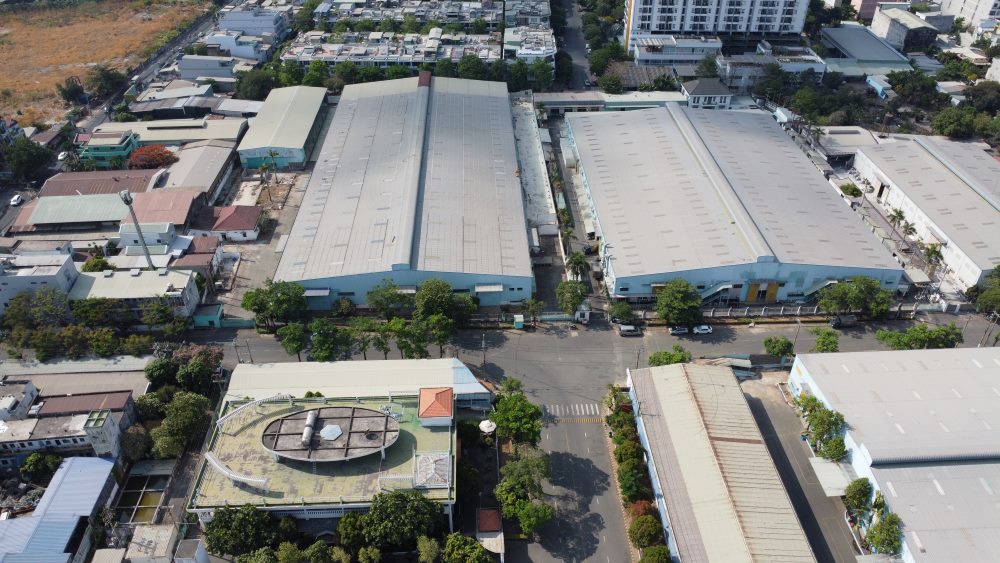
Surrounding Binh Duong industrial park are residential areas. Photo: Dinh Trong
Binh Duong province continues to listen to comments from businesses and workers. At the same time, the province will also consider support policies for businesses and workers during the process of relocation and conversion of functions, to ensure harmony. From the experience of relocating Binh Duong industrial park, Binh Duong province will widely apply it to the entire province.
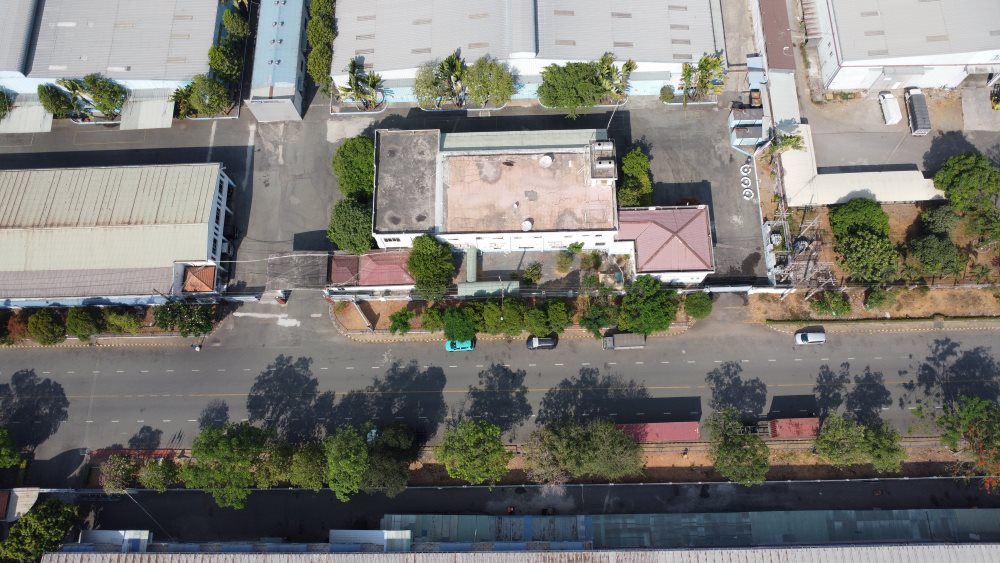
Binh Duong Industrial Park was selected for a pilot relocation, then lessons will be learned before replication. Photo: Dinh Trong
Relocate to create space for sustainable development
According to information from the People’s Committee of Binh Duong province, the relocation of industrial zones, clusters and businesses from the South to the North of the province has been underway since 2019. Preliminary data shows that there are about 3,000 production facilities. Industrial areas are located interspersed in residential areas. This action is causing many negative effects on the environment, public health and urban development.

Surrounding Binh Duong industrial park are residential areas. Photo: Dinh Trong
According to Mr. Vo Anh Tuan, Chief of Office of the People’s Committee of Binh Duong province, the relocated factories are mainly concentrated in the south of the province and bordering Ho Chi Minh City. The land resource situation is becoming extremely important in the process of economic restructuring. The factory relocation will create new development space for the southern areas of the province. In particular, in the context that Binh Duong is aiming to build modern and civilized urban areas, relocating industrial factories to planned industrial clusters in the North is a step forward. necessary and reasonable.

You may like
-
Danish toymaker Lego inaugurates its first carbon-neutral facility in southern Vietnam
-


CapitaLand Development unveils Orchard Heights in Binh Duong
-
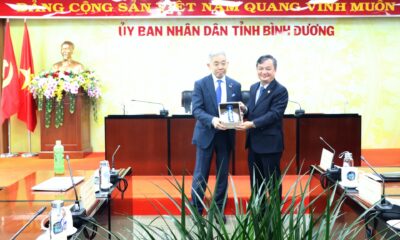

Japan’s Tokyu Group proposes light rail transit in Binh Duong
-
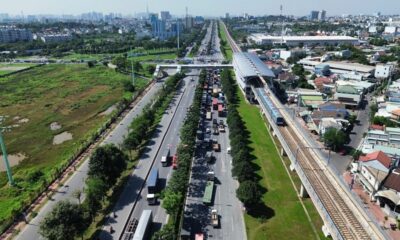

Start date set for Binh Duong-Ho Chi Minh City metro construction
-
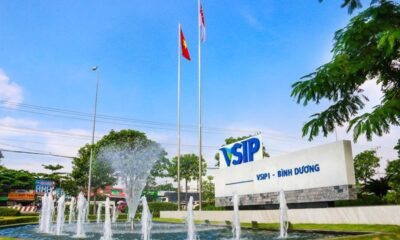

SAM to develop $1.5 bln data center in southern Vietnam
-
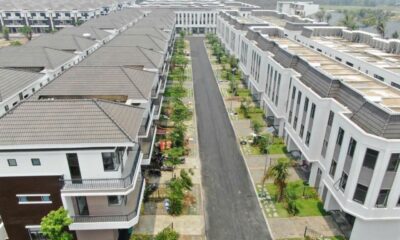

Real estate capital heading into suburban areas
Activities
HoREA Proposes Allowing Businesses to Build Worker Housing Inside Industrial Parks
Published
8 months agoon
March 31, 2025The Ho Chi Minh City Real Estate Association (HoREA) has proposed a pilot mechanism that would allow businesses to invest in and construct worker housing within industrial parks.
In a document submitted to the Prime Minister, contributing feedback on a draft pilot policy aimed at boosting social housing development, HoREA suggested that businesses, cooperatives, and cooperative unions operating within industrial parks be permitted to build accommodation for their workers. It also called for allowing companies to rent housing outside industrial parks for the same purpose.
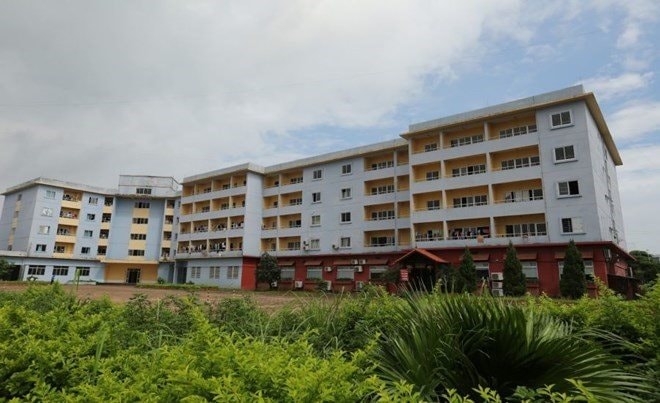
HoREA emphasized that all costs related to building or renting worker housing should be recognized as legitimate business expenses and be included in the enterprise’s operating costs.
The association further recommended expanding the policy framework to allow companies within industrial parks to lease social housing or worker accommodation built by third-party developers outside the park premises.
According to Mr. Lê Hoàng Châu, Chairman of HoREA, the current Housing Law (2023) only allows companies to rent worker housing inside industrial parks, without clearly defining whether they can rent social housing outside the parks or construct such housing themselves.
With worker housing demand at industrial parks far exceeding supply, HoREA pointed out that current social housing and dormitory offerings are inadequate. Meanwhile, commercial housing remains out of reach for most workers due to high prices. Therefore, the association urges the government to introduce policies enabling manufacturing businesses—despite not operating in real estate—to develop their own accommodation solutions for employees.
HoREA underscored that such policies would create a strong legal foundation, empowering enterprises and cooperatives to proactively resolve housing issues for workers. If allowed to construct their own housing, companies could ensure homes go to those in need, boosting employee retention, improving living standards, and supporting sustainable growth in industrial zones.
The association also proposed financial support mechanisms, including tax incentives, access to preferential loans, or government-matching support, to reduce the financial burden on companies participating in worker housing development.
Previously, many businesses had expressed a desire to buy land, build housing, and offer installment-based homeownership plans to workers, whereby employees would pay monthly through salary deductions. While this model helps workers secure long-term housing, legal procedures remain a major hurdle.
Providing accommodation has increasingly become part of corporate strategies to retain labor, alongside other employee welfare policies. For example, Nissei Electric Vietnam (Linh Trung 1 Export Processing Zone, Thu Duc City) has built a dormitory complex with 285 shared rooms, housing up to 2,280 workers. Eternal Prowess Vietnam (District 12) and Thien Phat Company (Linh Trung 2 EPZ) have also invested in on-site worker housing. Thien Phat’s project includes 368 units (35m² each), rented at VND 2.2 million/month, with 80% of the units for families and 20% for shared accommodations.
As of Q2 2024, Ho Chi Minh City has 18 industrial parks with around 1,700 businesses employing approximately 320,000 workers. Citywide, over 1.3 million people are employed in factories. However, there are only 16 official worker housing complexes, accommodating about 22,000 people. The majority of workers rely on rented rooms or stay with acquaintances—often sharing 12m² rooms among 2–3 people, which consumes 15–20% of their monthly income.
From 2021 to the present, Ho Chi Minh City has completed six social housing projects with 2,700 units and is building four more with 3,000 units. By April 30, the city aims to resolve legal hurdles and break ground on 5–6 additional social housing projects, totaling around 8,000 units.
Activities
Vietnam’s leading developer Becamex IDC targets $825 mln from ‘historic’ share offering
Published
10 months agoon
February 11, 2025Becamex IDC Corp, a leading eco-industrial and urban real estate developer in Vietnam, plans to raise nearly VND20.88 trillion ($825 million) from a public offering of 300 million shares on the Ho Chi Minh Stock Exchange (HoSE), equivalent to its current equity.
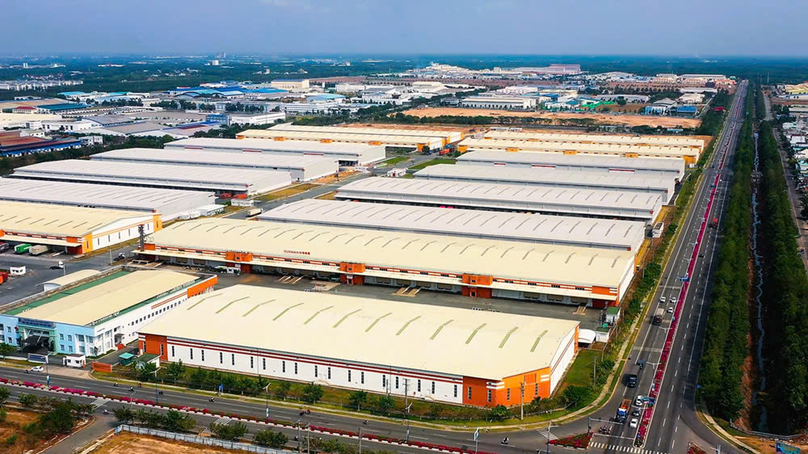
An industrial park developed by Becamex IDC. Photo courtesy of the company.
The corporation has approved the starting price of VND69,593 ($2.75) for the public auction of its BCM shares on the HoSE, aiming for VND20.88 trillion, nearly 40% higher than the initial expected value.
This offering is considered the largest since the state-owned capital divestment boom from 2016 to 2018.
The offering price is almost five times the book value of the stock at the consolidated financial statement for Q4/2024 and the average of the last 30 trading sessions prior to February 6, 2025 on the HoSE.
At the end of 2024, the company’s charter capital was VND10.35 trillion ($408.93 million), and equity was VND20.48 trillion ($809.2 million). If the capital raising is successful, its charter capital will increase to VND13.35 trillion, and equity will double to over VND41 trillion.
Becamex IDC, a giant in the industrial real estate sector in the southern province of Binh Duong, seeks to raise funds to invest in projects such as the Cay Truong Industrial Park and the expanded Bau Bang Industrial Park, as well as to contribute capital to existing companies, including Vietnam-Singapore Industrial Park J.V. Co. Ltd. (VSIP), Becamex Binh Phuoc Infrastructure Development JSC, Becamex VSIP Power Investment and Development JSC (BVP), Vietnam-Singapore Smart Energy Solutions JSC (VSSES), and Becamex Binh Dinh JSC. It also plans to restructure its finances.
Currently, the largest shareholder of the company is the People’s Committee of Binh Duong province, with a 95.44% stake. If the auction is successful, the state’s ownership will drop to 74%.
In the stock market, BCM moved counter to the VN-Index, steadily declining from VND87,000 ($3.44) per share at the end of 2022 to VND51,000 per share in April 2024. However, while the VN-Index stagnated, the ticker rebounded and closed at VND70,000 per share on Friday, up 37.2%.
The stock’s growth momentum slowed in the last quarter of the previous year due to a decline in business results. Specifically, in Q4/2024, Becamex IDC reported a sharp 60% decrease in revenue to VND2 trillion ($79 million).
Despite joint venture activities doubling profits to VND1.19 trillion, its after-tax profit still decreased by 33% to VND1.37 trillion ($54.13 million). For the whole year, its net revenue fell by 35% to VND5.2 trillion, and net profit dropped 12.5% to VND2.1 trillion.
Expansion ambition from 2024 to 2028
The corporation mainly operates in the fields of industrial park infrastructure investment, urban development, services, and trade. It is the developer of six industrial parks in Binh Duong province, covering a total land area of 2,931 hectares with an occupancy rate of 88%. The firm is also finalizing legal procedures to put the 700-hectare Cay Truong Industrial Park into operation in 2025.
In addition, Becamex IDC has expanded its reach to other localities outside Binh Duong, such as Binh Phuoc, Tay Ninh, Khanh Hoa, Quang Ngai, Thua Thien-Hue, Thanh Hoa, Nam Dinh, Ninh Binh and Hai Duong provinces, and Hai Phong city. The firm has also received in-principle approvals for four more industrial parks in Lang Son, Thai Binh, Binh Thuan, and Ha Tinh provinces.
Besides industrial parks, Becamex IDC has also developed urban and service areas such as the My Phuoc Residential Area, Thoi Hoa Residential Area, and Bau Bang Residential Area. The corporation plans to allocate resources for high-impact commercial projects like the WTC Exhibition Center, WTC Tower, and WTC Gateway cultural-central station complex in New Binh Duong town.
Moreover, the company, together with Singapore’s Sembcorp Industries, has developed the Vietnam-Singapore Industrial Park (VSIP) model, featuring an innovation center in an industrial-urban-service complex including a business incubator, advanced manufacturing center, and renewable energy research center.
These strategies will be implemented from 2024 to 2028, with a vision towards 2030. To achieve these goals, the company plans to increase its charter capital if necessary, borrow from credit institutions, and issue bonds.
Becamex IDC currently has total liabilities of VND38.3 trillion ($1.51 billion), with short-term debt of VND7.9 trillion and long-term debt of VND15.72 trillion. Its debt-to-equity ratio is 1.1 times.
Activities
Japan-invested solar cell maker Vietnam Sunergy to start $30 mln plant from June
Published
10 months agoon
February 11, 2025Japan-invested Vietnam Sunergy Wafer, a manufacturer of solar cells, plans to start official production at its $30 million factory in Hung Yen province from June.
The firm aims to complete administrative procedures in May and then install equipment in June, according to a recent project report. The plant covers 2.65 hectares in Minh Quang Industrial Park of the northern province.
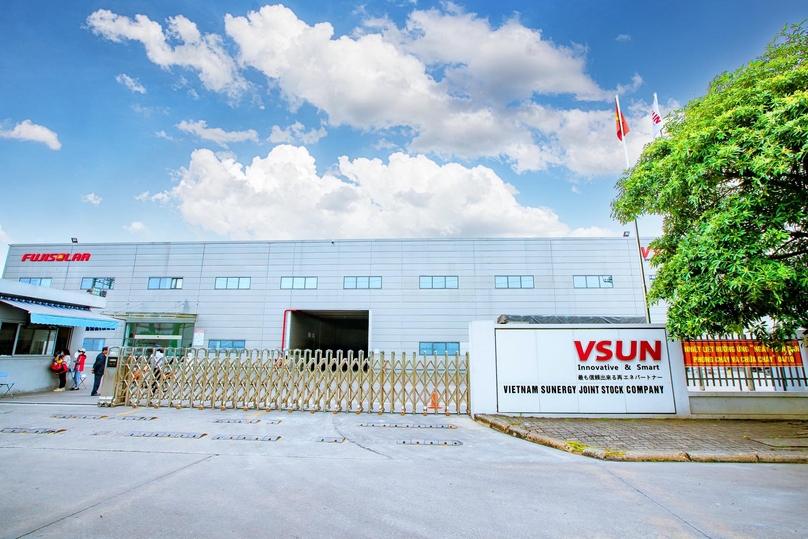
A factory of Vietnam Sunergy JSC. Photo courtesy of VSUN Solar Vietnam.
The project has an annual capacity of 600 million silicon wafers, a component of solar cells, equivalent to 9,375 tons. It is set to employ 1,000 people.
Hung Yen recorded registered foreign direct investment (FDI) of $1.5 billion in 71 projects in 2024, the highest-ever figure in terms of capital, according to provincial data.
The province, a neighbor of Hanoi, has so far attracted FDI of $8.5 billion. It now has 17 industrial parks in its masterplan, covering 4,395 hectares. Of these, 10 facilities are now operational.

Bac Giang International Logistics Centre launched

Vietnam’s Exclusive Economic Zone boasts over 1,000 GW of wind power potential: report

Uncertainty weighing on real estate

Central Vietnam city seeks $1.84 bln for 15 projects in economic zone
